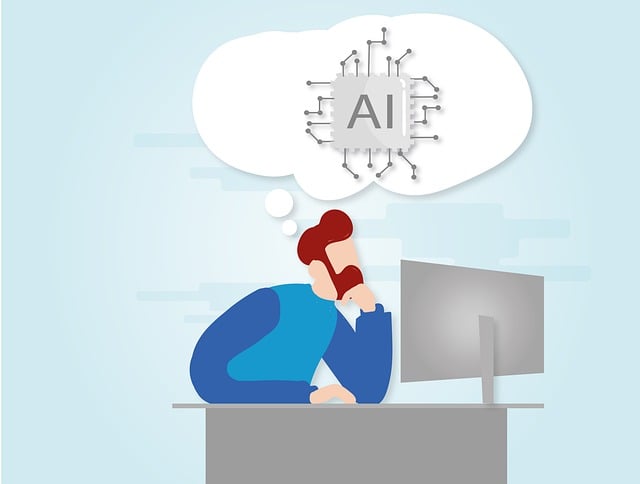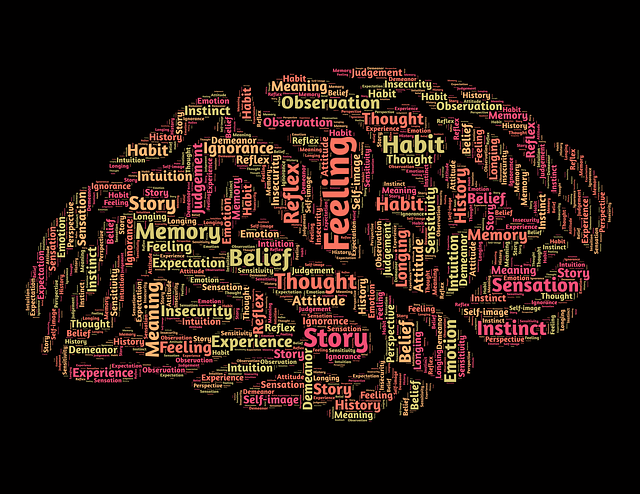
AI Insights : Exploring Concepts, Terminology, and Key Players
AI Insights – Introduction
Artificial intelligence (AI) has become ubiquitous in various aspects of our modern lives, ranging from music and media to business and productivity, even extending to the realm of dating. As AI continues to advance rapidly, it can be challenging to keep up with the latest developments and terminologies. In this blog post, we will delve into the world of AI, uncovering its fundamental concepts, significant players, and recent developments. By the end, you’ll have a comprehensive understanding of AI’s current landscape and its potential future.
Part 1: AI Insights : Understanding AI
Artificial intelligence, also known as machine learning, is a software system based on neural networks. Although the concept of AI has roots dating back over 50 years, its recent advancements have been made possible by powerful computing resources. AI has revolutionized voice and image recognition, synthetic imagery, speech generation, and even tasks like web browsing, ticket booking, and recipe tweaking. It is crucial to note that while AI is often referred to as “artificial intelligence,” its capabilities currently are not actual human-like intelligence.
- Neural Network: The human brain, consisting of interconnected neurons, serves as the inspiration for neural networks in AI. These networks, composed of dots and lines, represent data and statistical relationships. By quickly processing inputs through the network, neural networks generate outputs. This system is known as a model.
- Model: The model refers to the actual code that accepts inputs and produces outputs. AI models come in different sizes, depending on storage space and computational power requirements. The size of a model is determined by its training process.
- Training: To create an AI model, neural networks are exposed to a dataset or corpus, allowing them to develop a statistical representation of the data. Training AI models is a computationally intensive process that can take weeks or months on powerful computers. This phase involves analyzing and representing large datasets. Once the model is trained, it becomes less demanding during its usage, known as inference.
- Inference: Inference is the process of an AI model performing its designated task. By statistically connecting the dots in the ingested data, the model predicts and generates outputs. Inference is generally less computationally costly than training and can be performed on various devices, from supercomputers to smartphones.
Part 2: AI Insights : Key Terminology in Mid-2023
- Large Language Model (LLM): LLMs, considered the most influential and versatile form of AI today, are trained on vast amounts of text from the web and English literature. These models, like ChatGPT, have the ability to engage in natural language conversations and imitate various writing styles. However, it’s essential to note that LLMs are pattern recognition engines and may produce responses that reflect patterns rather than reality.
- Foundation Model: Foundation models are large-scale models trained from scratch on extensive datasets. While they require substantial computing power, they can be downsized by reducing the number of parameters. These models serve as the groundwork for specialized AI applications.
- Fine Tuning: Fine-tuning involves training a foundation model with a specialized dataset to enhance its performance in specific domains. It enables the model to develop domain-specific expertise without losing its general knowledge.
- Diffusion: Diffusion is a technique used for image generation in AI. It involves gradually degrading an image with digital noise and then reconstructing the original image by adding detail to the noise. While other image-generation techniques are emerging, diffusion remains reliable and well-understood.
- Hallucination: Hallucination occurs when an AI model produces output based on insufficient or conflicting training data. It can be beneficial for generating original art or creative writing. However, it can pose challenges. While hallucination can be useful for creative purposes, it can also present challenges. AI models that rely on hallucination may generate outputs that are unrealistic or inaccurate. For example, a text generation model might produce coherent sentences that sound plausible but are entirely made up. It is essential to be cautious when relying on AI-generated content and verify information from credible sources.
- Reinforcement Learning: Reinforcement learning is a branch of AI that involves training models to make decisions based on trial and error. In this approach, an AI agent interacts with an environment and receives feedback in the form of rewards or penalties. Through iterative exploration and optimization, the model learns to take actions that maximize its cumulative rewards. Reinforcement learning has been successfully applied in various domains, including robotics, gaming, and recommendation systems.
- Generative Adversarial Networks (GANs): GANs are a class of AI models that consist of two components: a generator and a discriminator. The generator generates synthetic data, such as images or text, while the discriminator evaluates the authenticity of the generated data. The two components are trained together in a competitive process, with the generator striving to produce data that the discriminator cannot distinguish from real data. GANs have shown remarkable success in generating realistic images, music, and even human-like conversations.
- Natural Language Processing (NLP): Natural Language Processing is a subfield of AI that focuses on the interaction between computers and human language. NLP enables computers to understand, interpret, and generate human language in a meaningful way. It involves tasks such as sentiment analysis, language translation, question-answering, and text summarization. NLP has been instrumental in developing AI-powered virtual assistants, language translation services, and chatbots.
- Deep Learning: Deep learning is a subset of machine learning that utilizes neural networks with multiple layers to process and extract meaningful patterns from large amounts of data. Deep learning models have achieved remarkable success in various domains, including computer vision, speech recognition, and natural language processing. The depth of the neural networks allows them to learn hierarchical representations, enabling complex and sophisticated learning.
- Transfer Learning: Transfer learning is a technique that enables AI models to leverage knowledge learned from one task or domain and apply it to another. Instead of training a model from scratch, transfer learning allows models to start with pre-trained weights and fine-tune them on specific tasks or domains. This approach significantly reduces the training time and resource requirements for developing AI models. Transfer learning has been widely adopted in various applications, including image recognition, language understanding, and sentiment analysis.
Part 3: Recent Developments in AI
- Ethical Considerations: As AI continues to advance, ethical considerations surrounding its development and usage have gained significant attention. Questions regarding data privacy, bias in AI algorithms, and the impact of AI on employment and society have become central in the AI discourse. Efforts are being made to develop frameworks and guidelines for responsible AI development and deployment to ensure fairness, transparency, and accountability.
- AI in Healthcare: AI has made significant strides in the field of healthcare, aiding in disease diagnosis, drug discovery, and personalized medicine. AI models have demonstrated impressive accuracy in detecting diseases such as cancer from medical images, enabling early detection and intervention. Additionally, AI-powered chatbots and virtual assistants are being utilized to provide personalized healthcare information and support to patients.
- AI and Climate Change: The intersection of AI and climate change has emerged as a promising area of research. AI models are being employed to optimize energy consumption, improve renewable energy systems, and enhance climate modeling. These applications have the potential to contribute to sustainability efforts and mitigate the impact of climate change.
- Explainable AI: Explainable AI refers to the development of AI models that can provide transparent and understandable explanations for their decisions and outputs. As AI becomes more pervasive in critical domains such as healthcare and finance, there is a growing need for AI systems to justify their actions. Explainable AI aims to enhance the trust, accountability, and interpretability of AI models, enabling users to understand the underlying reasoning behind AI-generated recommendations or decisions.
- AI and Cybersecurity: With the increasing prevalence of cyber threats, AI is playing a vital role in bolstering cybersecurity measures. AI algorithms are employed to detect and mitigate cyberattacks, identify patterns indicative of malicious activities, and protect sensitive data. However, adversaries are also leveraging AI techniques to develop more sophisticated attacks, leading to a continuous cat-and-mouse game between AI-powered defenses and adversarial AI.
- AI and Creativity: AI’s impact on creativity is a topic of ongoing debate. While AI models have demonstrated impressive capabilities in generating art, music, and literature, questions about the nature of creativity and the role of human involvement remain. AI can be a valuable tool for augmenting human creativity, providing novel insights, and assisting in the creative process. However, the distinction between human-generated and AI-generated creative works raises questions about originality, authorship, and artistic expression.
- AI Governance and Regulation: As AI technologies continue to advance, the need for governance and regulation becomes increasingly important. Governments, organizations, and researchers are actively working to develop policies and frameworks that address the ethical, legal, and societal implications of AI. Balancing innovation and responsible development is a complex challenge, requiring collaboration and dialogue among various stakeholders.
Conclusion: AI Insights
AI has made remarkable progress in recent years, permeating numerous aspects of our lives. From voice assistants to recommendation systems, AI is transforming industries and revolutionizing the way we interact with technology. However, as AI becomes more powerful and pervasive, addressing ethical considerations and ensuring responsible development and deployment becomes paramount. Ongoing research and collaboration are necessary to unlock AI’s full potential while safeguarding against potential risks. By staying informed about the latest advancements and engaging in responsible AI practices, we can shape the future of AI in a manner that benefits society as a whole.




Recent Comments